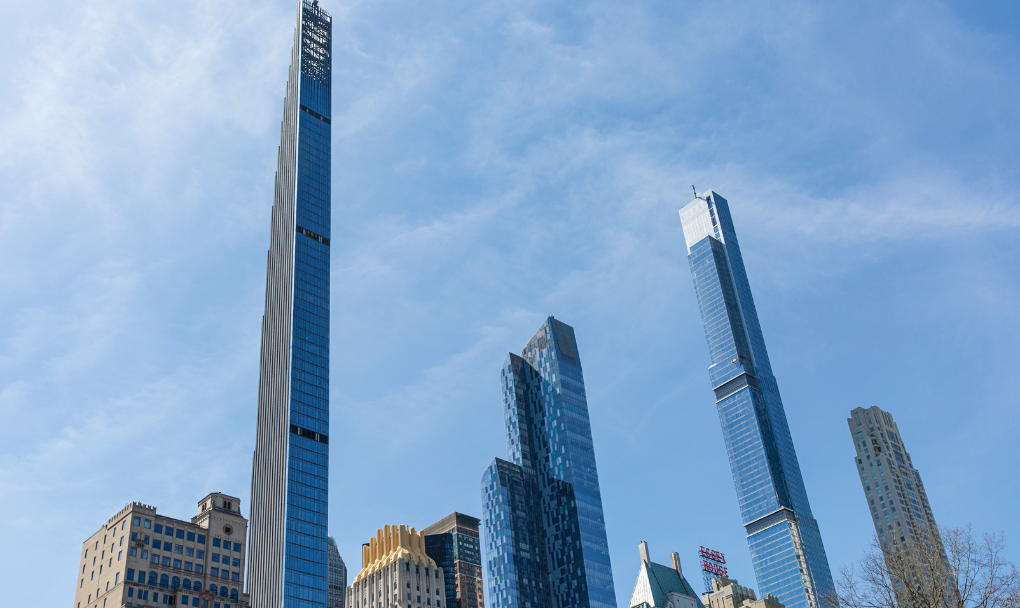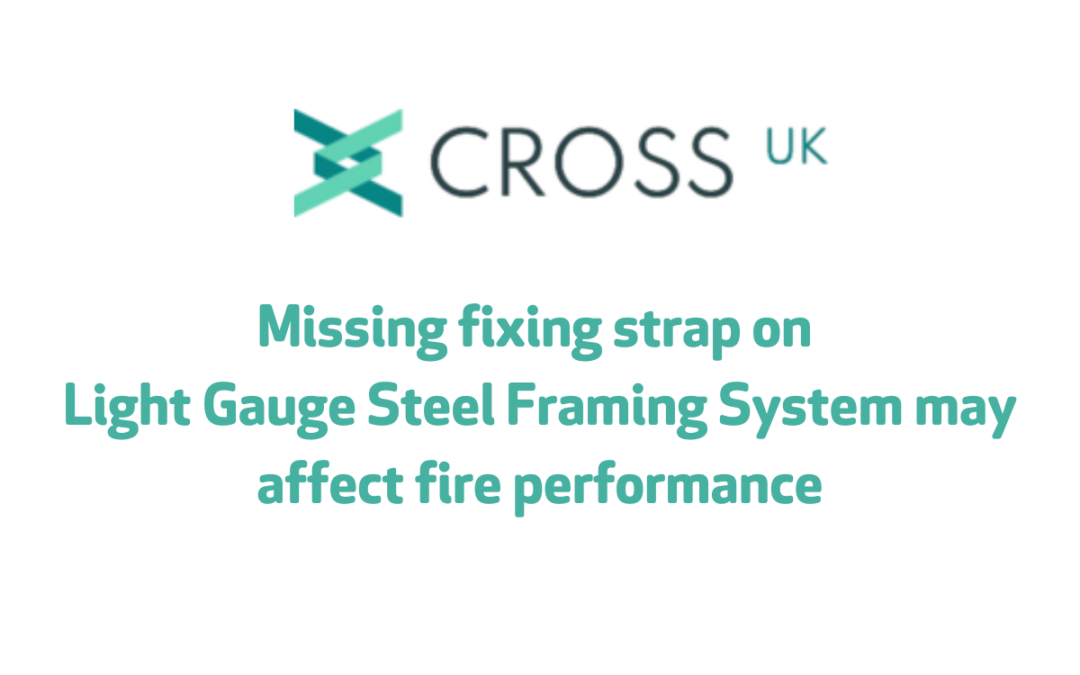
by Clair Mooney | 19 Jan, 2023 | Building Safety Act, Technical
NHBC’s revisions to its Technical Standards are now live. The latest edition of the organisation’s Technical Standards applies to every new home registered with the new homes warranty and insurance provider where the foundations have been laid on or after 1 January 2023.
NHBC said its dedicated Standards team had spent the past year applying its expertise to a thorough review of all its technical content. It has been working with stakeholders across the industry “to ensure the Standards continue to provide trusted support and guidance for builders and developers”.
There have been significant changes and updates to several chapters, including:
- aligning with British Standards, including BS EN 1992, BS 8666 and BS 8102:2022
- updates to both concrete upper floor design and timber/joist deflection limits and to the weathertightness of windows, doors and glazing
- new guidance on the provision of horizontal movement joints on masonry clad buildings and on supporting single leaf garage walls
- addressing the low carbon agenda by:
– increasing cavity wall widths due to improving thermal performance standards
– a focus on renewable and sustainable technologies to reduce carbon footprint and provide alternative heating sources.
NHBC said its Technical Standards would continue to help builders and developers deliver “the highest possible new home standards and support the continuous improvement of the quality of new homes”.
Mark Russell, NHBC’s standards and policy manager, said:
“There have been significant changes to this year’s Standards to ensure they remain both relevant and accurate. We are sure the industry will find them a useful reference point as we all work to build safe, high-quality homes for everyone.”

by Clair Mooney | 2 Dec, 2022 | Building Safety Act, Technical
Meeting the requirements of the Building Regulations is the first cornerstone of compliance. There are a number of Approved Documents for England which provide guidance and Approved Document (AD) B1 and B2 provide specific advice for Dwellings (B1) and Buildings other than Dwellings (B2)
On 1 December 2022 the Government reissued ADB1 and ADB2 to incorporate the amendments in 2020 and 2022.
The Department responsible for these approved documents, The Department for Levelling Up Housing and Communities (DLUHC), issued a Circular letter concerning revisions to Approved Document B and circular letter 02/2022. This provides further revisions made to correct errors made during amendment process earlier this year. The letter provides the original text plus the revised text which will come into force on 1 December 2022.
To view this circular letter, please click here.

by Clair Mooney | 8 Nov, 2022 | Building Safety Act, Drylining, Technical
FIS and the Tall Building Working Group (TBWG) have published a report which investigates the causes of noise emanating through the fabric of some tall buildings, identifies methods of remediation and provides guidance for affected buildings.
The Tall Building Working Group (TBWG) was formed in 2018 to address a global phenomenon where creaking can be heard in tall residential towers in high wind conditions.
The group was established under the umbrella of trade body Finishes and Interiors Sector (FIS) and set about bringing together the entire supply chain, namely developers, tier 1 contractors, manufacturers, architects, specialist drylining contractors and engineers who are involved in the specification and construction of buildings where noise issues have been reported.
The starting point was to investigate the root cause of this phenomenon and then look at how occurrence can be reduced or better managed in new towers by providing better guidance for architects, engineers, designers and developers.
The group engaged with individuals and organisations from across the globe and absorbed the findings of all available secondary research before embarking on a structured research programme of their own, funded by members of the TBWG.
Further research was carried out by structural engineers WSP to present, in a graphical format, the inter-storey differential movement in vertical and horizontal directions affecting partitions and other elements of fit out. This document explains to the project fit out designer how a high-rise tower reacts to external loads.
- External loads make building move: non-structural elements should be installed in such a way to allow for the movements freely.
- Any locked in movement will cause distress in the non-structural elements.
- Any frictional resistance to movements will cause noise.
The key to reducing the phenomenon occurring in future tall towers is sharing the information contained in the structural engineer’s movement and tolerance reports early with the system owners of the drylining, and providing movement joints to allow the elements of the internal fit out to move independently.
Manufacturers have been exploring different solutions and methods of mitigation. At this stage none have been able to completely eliminate the sound.
Commenting on the work, FIS CEO Iain McIlwee said:
“I think this is a first. I cannot think of a single time when the construction supply chain has attacked a problem in this way. Rather than battening down the risk hatches, reaching for the contract and starting the blame game, this was a genuine attempt to work together to understand and collaborate to solve it. This is a body of work all involved can be proud of, not just because it will help unravel some potentially complex issues or maybe help people sleep more soundly, but because it is an example of how we can collaborate and be better as an industry.”
The TBWG is planning to hold another conference to share the report outcomes with the delivery teams, meanwhile a summary report is available here.

by Iain McIlwee | 13 Oct, 2022 | Building Safety Act
This week FIS submitted our response to the consultation on implementing the new building control regime for higher-risk buildings and wider changes to the building regulations for all buildings. The consultation was split into 12 consultation sections relate to the proposed changes to Building Regulations under Part Three of the Building Safety Act 2022. It starts to give greater insight into how the Building Safety Regulator intends to manage the Building Control Process for Higher Risk Buildings alongside the wider Building Regulatory Process, where the two will align, the additional informaton requirements for Higher Risk Buildings and provide a bit more context in terms of Gateways, Competence, Compliance and Enforcement.
The key areas covered were:
- New dutyholder and competence requirements on all building work and additional duties for those working on higher-risk buildings. These new roles and requirements aim to ensure a stronger focus on compliance with the regulations
- A series of robust hard stops (“gateway points”) to strengthen regulatory oversight before a higher-risk building is occupied
- The approach to Regulator’s notices to support building projects which comprise both higher-risk building work and non-higher risk building work
- Stronger change control during the construction of higher-risk buildings
- Additional requirements for building work carried out in existing higher-risk building work e.g. refurbishments
- The process of certifying building work that have been carried out without building regulations approval (regularisation)
- Establishing greater record keeping and management in higher-risk buildings (golden thread of information)
- A mandatory occurrence reporting system in higher-risk buildings
- More rigorous enforcement powers for building work in all buildings to focus incentives on the creation of reliably safe buildings from the outset and the approach taken to the review and appeal of building control decisions
- Wider changes to the building regulations to align the existing system with the new system
- The transitional provisions for changing to the new higher-risk building regime
You can access all the consultation information here (now closed).
FIS responded to 11 of the 12 consultation areas. In the response FIS raised concerns about some of the timings associated with the Building Control Approval Process and particularly the impact of decision times in the hard-stop gateways. The FIS also called for support from Government to ensure consideration as to how this will be managed in the standard form contracts, particularly in the initial periods as the process develops and becomes more efficient. The FIS also noted that the Regulator needs to be prepared to provide quick and clear determination of issues and agile guidance is required to support the transition period.
FIS repeated throughout the response that procurement needs to change and there should be checks and balances through the supply chain to assess the practicality of delivery and ensuring that time and resources is available.
FIS was supportive of Mandatory Reporting requirements, but noted the importance of clarity and potentially the need for anonymity in the process. The organisation also some concerns around proportionality related to historic prosections and impact on future supply chains.
The final note of caution was around competence and the need to manage the transition to the new era of proving competence as the infrastructure to support evolves.
Commenting on the consultation FIS CEO Iain McIlwee stated:
“Reading through this gives real insight into how much the construction process is going to change and how much resources is going to be required to support it. This is not just about High Rise Buildings, but in this consultation we see profound change to the entire process and findings from our research into procurement and tender processes were very relevant – this is more about setting up than signing off. The direction of travel is something we can applaud and we agreed with the vast majority of the statements in the consultation, where we have advised caution is largely around ensuring that we don’t tie ourselves in buerecratic knots and we deliver a streamlined compliance regime that is resourced to enforce – at the end of the day good legislation with bad enforcement is perhaps the worst of all worlds. We have also emphasised in the transition period the regulators are going to need to work closely with the industry – the delays could criple companies and guidance needs to be agile as it is a complex process and the early guidance will be tested. We don’t want to be stepping over the bodies of those that were first to the breach as we step forward into a better lanscape for construction!”
If you wish to see a full copy of the FIS Consultation response, email iainmcilwee@thefis.org.uk
For more information on the Buidling Safety Act, click here – this is a regular item at all upcoming FIS Regional Events and Working Groups and you can quiz FIS staff and external experts.

by Iain McIlwee | 3 Oct, 2022 | Building Safety Act
Last week, FIS Technical Director, Joe Cilia joined representatives of the CPA to discuss a new white paper on new requirements for competence in the construction products sector.
The White Paper outlines proposals for a standard to unite everyone who uses or works with construction products under a single consistent way of defining construction product competence. It will apply to all the built environment sector, so this is one of a series of webinars for the different industries and this webinar is particularly aimed for manufacturers of construction products..
The panel discussed various topics ranging from implementation to how the white paper will take a coordinated approach for the built environment to unite behind this standard.
You can download your copy of the white paper here.
Rewatch the discussion here.

by Clair Mooney | 13 Sep, 2022 | Building Safety Act
CROSS has issued a report associated with missing fixing straps on Light Gauge Steel Framing Systems which may affect fire performance. This report references guidance issued by FIS earlier in the summer.
CROSS (Collaborative Reporting for Safer Structures) is a unique reporting scheme sponsored by The Institution of Structural Engineers, the ICE, the IFE, and the HSE. Its purpose is to share lessons learned from structural and fire safety issues and help prevent future failures – by providing insight into how safety issues occur and spurring the development of safety improvement measures. All information available through CROSS is free.
Under the new Building Safety Act the Building Safety Regulator is required to appoint a person to establish and operate a system for the voluntary reporting of information about building safety. This function is currently being fulfilled through CROSS, which has been extended to include fire safety, in addition to structural safety, within its remit. Reporting through CROSS is confidential.
FIS Technical Director Joe Cilia commented: “CROSS perform a vital role in this new era for safety. We cannot afford to bury concerns, we all have a responsibility to ensure that we share vital information to help ensure that mistakes are not buried in projects, but learnings shared help improve our wider deliver of safer buildings. We look forward to working more closely with CROSS in improving safety in our sector and the wider built environment”.
Full details of the alert are available here.
Page 13 of 24« First«...1112131415...20...>Last






